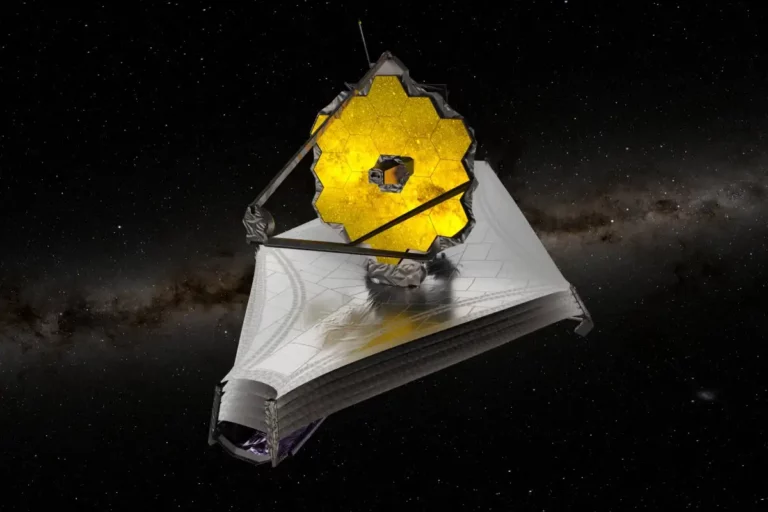Over 2-Million Can Die in India-Pakistan Nuclear War: Study
According to a new international study and research taken up by scientists at Rutgers University, a nuclear-war including less than 3 per cent of the world’s stockpiles could wipe-out one-third of the world’s population within two years. Due to rising tensions among the United State, Russia and Chin old fears of nuclear war are revived. Some researchers have issued a caution that even a restricted-scale atomic exchange between nations such as India and Pakistan could have disastrous outcome for global food supplies and can cause massive death worldwide. Similarly, a larger nuclear war between Russia and the US could wipe-out three-fourths of the world’s population in the same time frame of two years, according to the research published on Monday in Nature Food.
“It’s really a cautionary tale that any use of nuclear weapons could be a catastrophe for the world,” said climate scientist and study author Alan Robock, a distinguished professor in Rutgers’ Department of Environmental Sciences. The uncovering occurs at a time when – 30 years after the end of the Cold War – the danger of an atomic holocaust might be more prominent now than it at any point was.
Recently, UK National Security Adviser Stephen Lovegrove put forth his argument explaining that the failure in peaceful dialogue among nations, as well as the loss of safeguards that had been created between nuclear superpowers decades ago, has driven the world into “a dangerous new age”. United Nations Secretary-General Antonio Guterres has likewise warned that “the prospect of nuclear conflict, once unthinkable, is now back within the realm of possibility.” Despite the fact that Robock and others have previously made it clear that atomic war would result in massive disaster in the climate and food supplies. Recently the researchers for the very first time have determined the expected degree of the starvation and famine that would result due to nuclear war and the number of individuals that would kick the bucket in this phase.
The theory of researchers is that the release of even a small fraction of the world’s nuclear weapons would spark massive firestorms that would quickly infuse sun-impeding residue into the environment, igniting an unexpected cooling of the climate. Researchers used climate models to stimulate how much smoke would reach the stratosphere – where no precipitation occurs to wash it away – and how this would affect temperature, precipitation and sunlight. Then they determined what these progressions would mean for the production of various crops, as well as how ocean animals specially fish would respond. Subsequently, they projected how tens of millions of immediate causalities in the war zone would be followed by hundreds of millions of deaths due to starvation around the globe.
That’s without considering the impacts of increased ultraviolet radiation on crops due to the obliteration of the ozone layer caused by the heating of the stratosphere, Robock said. Ira Helfand, immediate past president of International Physicians for the Prevention of Nuclear War said, “The general public needs to understand the enormity of the danger we face, the immediacy of the threat and the urgency of eliminating these weapons before they eliminate us.” The researchers considered a hypothetical nuclear conflict between India and Pakistan in most scenarios, as they believe to be the region where such a conflict could erupt most likely, because the two countries have fought in four wars and still have frequent border skirmishes.
Edward Geist, a policy researcher at Rand Corp., said that they are doing the world a service by creating awareness regarding nuclear war’s potential effects.
“The big question is, you have a nuclear war of a certain size, how much of this smoke ends up in the upper atmosphere?” Geist said. “You can make a plausible case for both – very little will end up there, all the way out to, we’ve got to assume it basically all ends up there, which is what [these] sorts of papers do.” He brought up that a 2018 paper by scientists at Los Alamos National Laboratory likewise displayed a speculative clash among India and Pakistan and reasoned that past research by Robock and others had misjudged how much residue would be created, how high the smoke would reach and how emphatically the environment would change thus.
However, Robock, in any case, debates those discoveries. The Los Alamos scientists picked an area of rural Atlanta to address a thick city in India or Pakistan and neglected to remember for their demonstrating climatic cycles, for example, cloud development that would convey air upwards, he contended. Robock said they likewise expected breezes that blew major areas of strength for excessively ran their reenactment for too short a period. “They had a number of assumptions, all of which made the effects much less,” he said.
A 2020 paper by researchers at Lawrence Livermore National Laboratory also considered the India-Pakistan scenario and the team projected that a trade of 100 15-kiloton atomic weapons would cool the environment assuming thickly populated urban areas were to set on fire, they also projected there would be practically zero impact on the environment assuming discharge were restricted to rural regions.
Interestingly, the Rutgers-drove study accepts that the nations would focus on every others’ urban communities, where fuel fixations are densest and the climatological impacts would be generally emotional, Geist said. However, Pakistan has said that if it somehow happened to utilize atomic weapons against India, it would utilize strategic atomic weapons to stop an ordinary intrusion, not to go after urban communities.
“It really comes down to how much stuff do you burn, how much of it ends up being smoke and how much of that smoke ends up in the upper atmosphere, and how much real plausible for nuclear wars translate into that,” Geist said. “We really don’t know, and hopefully we don’t find out.” Despite the fact that there’s a well-known thought that atomic weapons won’t ever be utilized in light of the fact that they are strong to such an extent that their danger is an impediment, which is wishful thinking Helfand said. “We do know what’s going to happen if these weapons stay around,” he said. “Sooner or later our luck is going to run out.”







